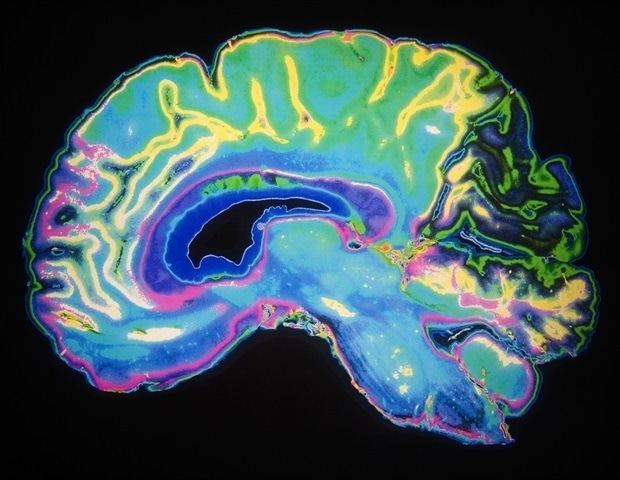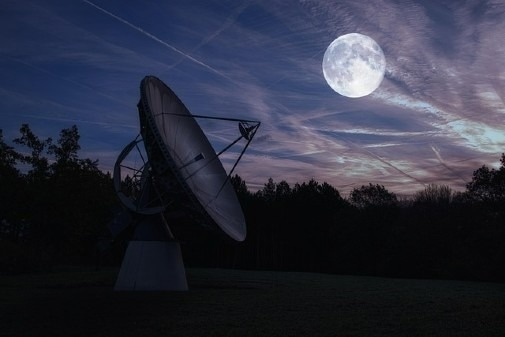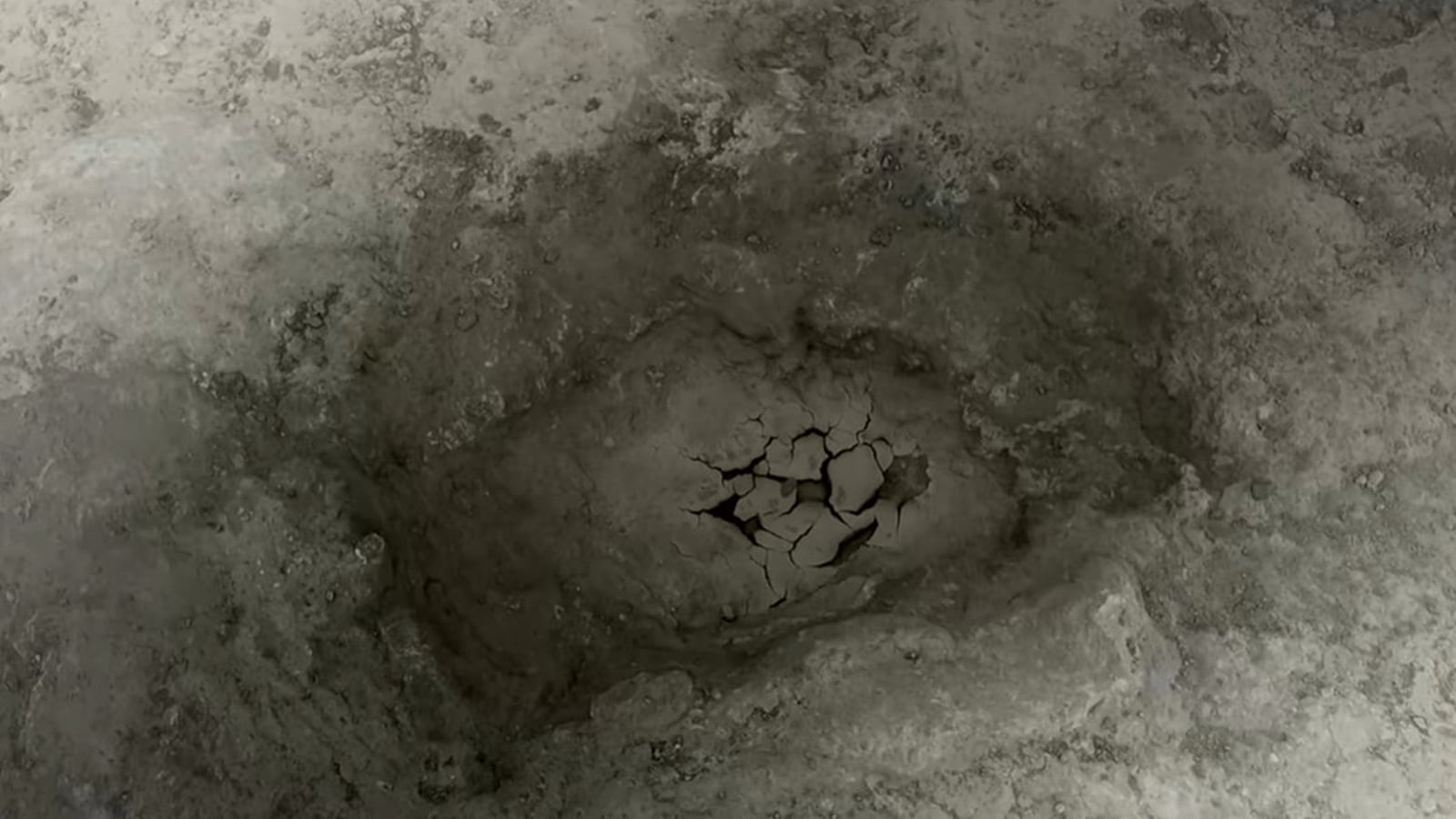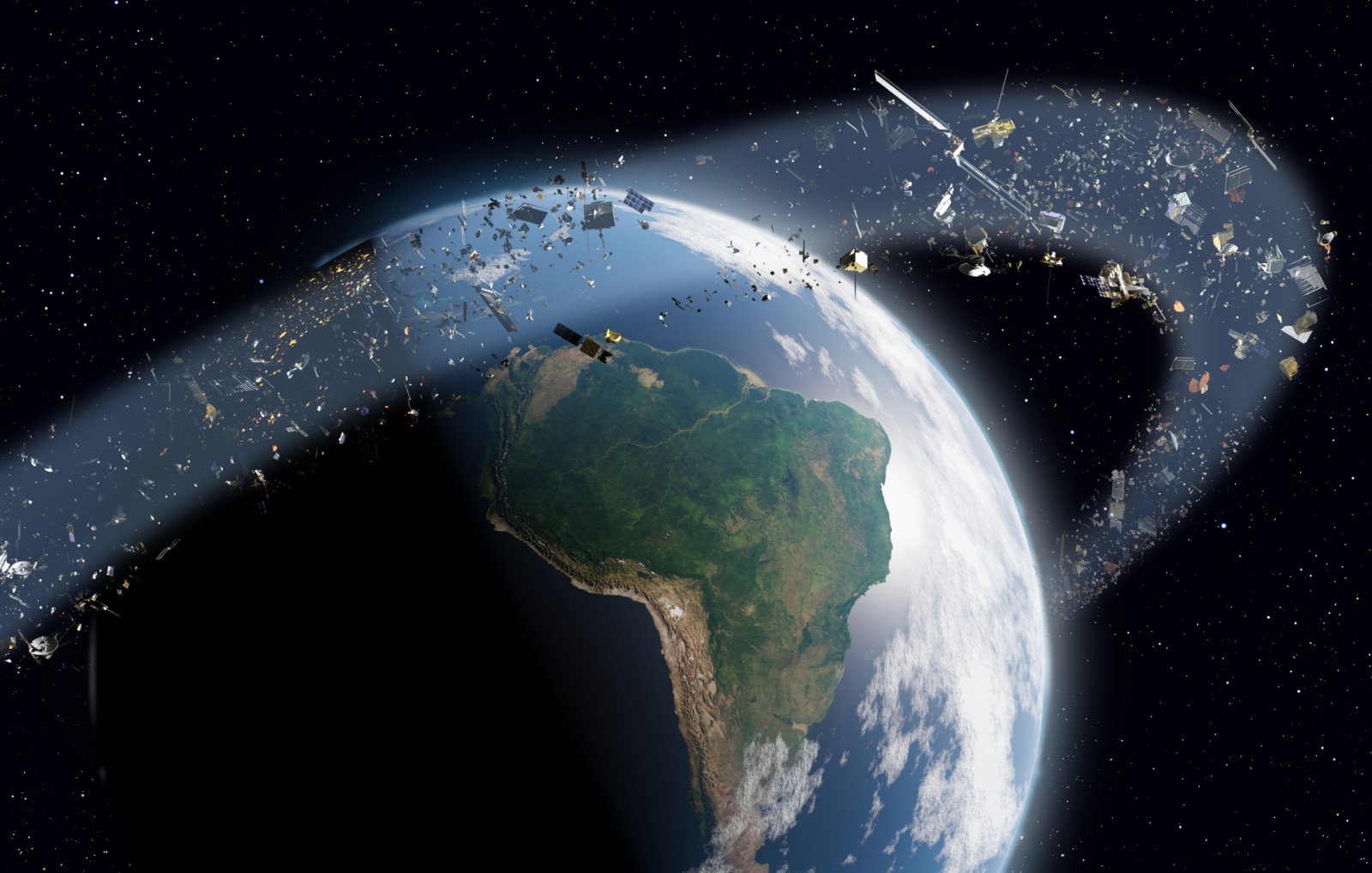Unbelievable Discovery: Black Hole Tears Apart Star, Sends Out Record-Breaking Radio Signals!
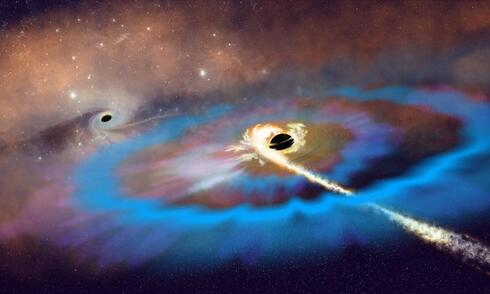
Imagine a black hole unleashing its fury, tearing a star apart light-years away from its galactic center. Incredible, right? An international team of astronomers led by Dr. Itay Sfaradi and Prof. Raffaella Margutti from the University of California, Berkeley, has stumbled upon just that—an astonishing discovery revealing powerful radio signals from a black hole engaged in a tidal disruption event (TDE) far from its galaxy's core.
This groundbreaking research, in collaboration with scientists from the Hebrew University of Jerusalem and the Open University of Israel, has unveiled radio emissions that are evolving faster than any other cosmic event of its kind ever recorded. “This is truly an exceptional phenomenon,” Dr. Sfaradi remarked, “We have never observed such strong radio emissions from a black hole destroying a star this far from the galactic center—and evolving so rapidly. It changes how we understand black hole behavior.”
Published in The Astrophysical Journal Letters, this discovery shakes up our previous notions about black holes. Typically, TDEs occur when a star gets too close to a supermassive black hole, located at the heart of a galaxy, and is ripped apart by its overwhelming gravitational forces. However, this unprecedented event, dubbed AT2024tvd, took place approximately 2,600 light-years away from the galaxy’s core, sending a clear message that supermassive black holes might be lurking in unexpected places.
The team employed high-precision observations with multiple major radio telescopes, including the Very Large Array in New Mexico and ALMA in Chile, to detect this cosmic spectacle. Prof. Assaf Horesh, leading the UK telescope team from Hebrew University, stated, “These observations shed new light on how massive black holes operate—even when they are hidden from view.”
The event yielded two distinct bursts of radio emission, developing at record-breaking speeds. This fascinating finding indicates that material was ejected from around the black hole months after the star’s initial destruction. Such a delay hints at mysterious processes that scientists have yet to fully comprehend. Further analysis suggests that these radio signals might arise from two separate ejections of matter, released months apart, which provides the first clear evidence that black holes can reactivate after a dormant phase.










